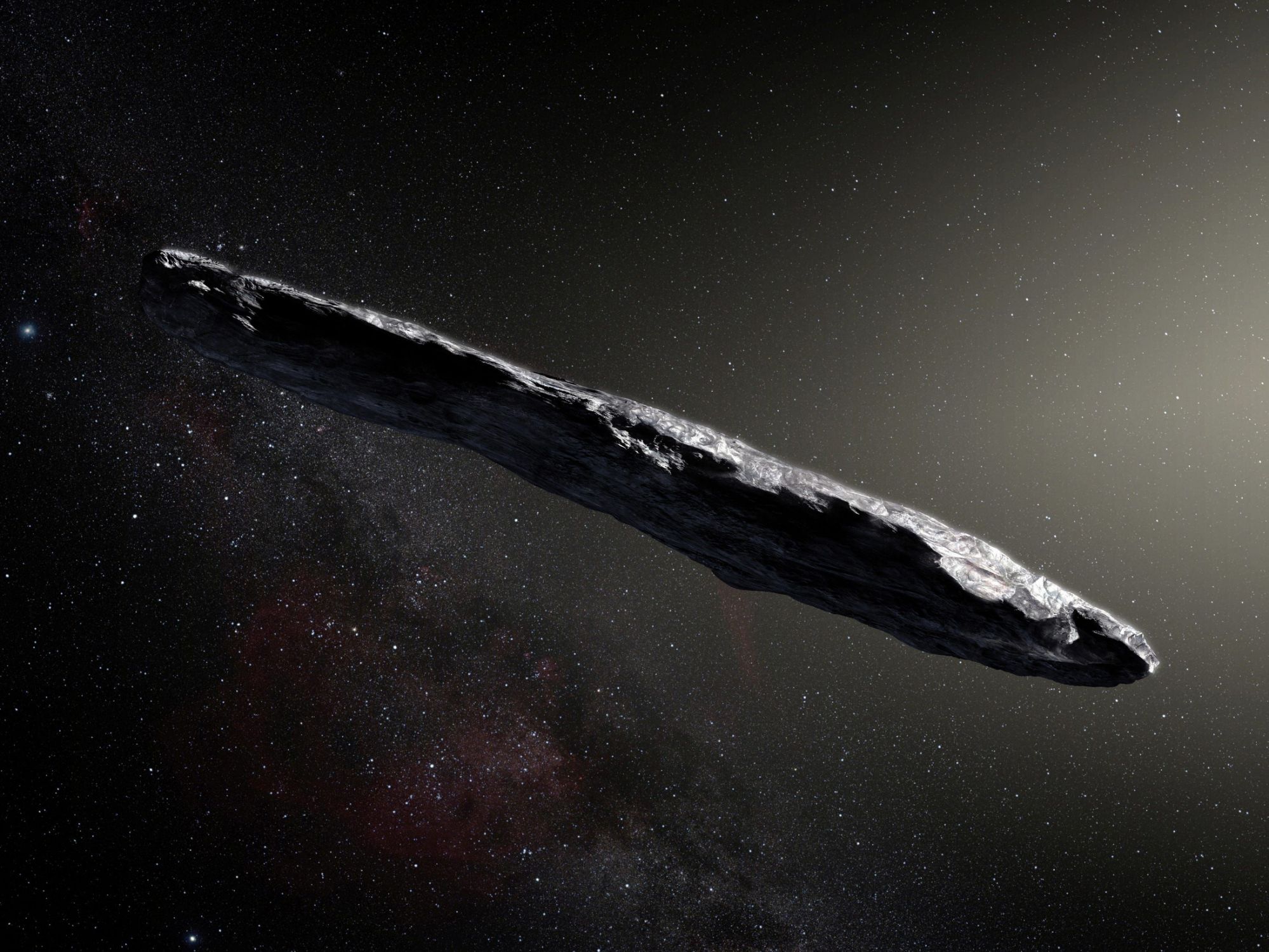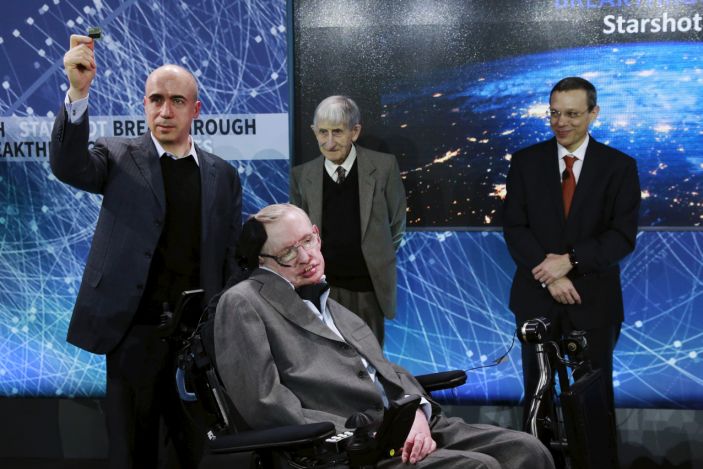
In his new book, a Harvard professor claimed that space debris passed near Earth in 2017. The debris attracted suspicion and intrigue.
-
Scientists discovered in 2017 the first sign of intelligent life outside Earth, according to a new book written by Harvard University professor Avi Loeb.
-
“The rocky, cigar-shaped body is somewhat reddish in color,” was called “1I / 2017 U1 ‘Oumuamua’ ‘by NASA.
-
“There was only one conceivable explanation: The target was a piece of advanced technology created by an alien, distant civilization,” according to the publisher. Houghton Mifflin Harcourt.
Harvard University astronomer Avi Loeb wrote in a book to be published this month, an extraterrestrial object infiltrated through space near Earth in 2017.
It was the first sign of intelligent life outside Earth, according to Loeb.
Scientists at the Hawaii Observatory saw “an object flying across our inner solar system, moving so fast that it could only be from another star,” according to a marketing summary for Houghton Mifflin Harcourt Extraterrestrial: The First Sign of Intelligent Extraterrestrial Life.
The object wasn’t a natural event, but a bit of space junk was ejected by another galaxy, according to Loeb. Science professor With a PhD in Physics.
“There was only one conceivable explanation: The target was a piece of advanced technology created by a distant, alien civilization,” according to HMH.

In a review, Publishers Weekly described the book with a “Controversial statement.”
But Loeb was not alone in his enthusiasm about this thing, which NASA called “1I / 2017 U1 ‘Oumuamua.”
“The first confirmed object from another star to visit our solar system, it appears that this interstellar object is a rocky, cigar-shaped body with a somewhat reddish color,” NASA said in its message. Object description.
“For decades we’ve assumed that such interstellar objects exist there, and now – for the first time – we have direct evidence of their existence,” said Thomas Zurbuchen, associate director of NASA’s Science Mission Directorate in Washington. when It was originally discovered.
He added, “This historical discovery opens a new window for studying the formation of solar systems outside our range.”
In the book’s cover advertisement, Anne Wojcicki, CEO and co-founder of 23andMe, writes that Loeb’s new book “convinces you that scientific curiosity is the key to our future success.”
“It is an exciting and eloquent case that we may have seen a sign of intelligent life near Earth – and we should look further,” she wrote.
Harvard University Fellow Eric Maskin, Nobel Prize Winner in Economics, added, “Is the hypothesis correct? Who knows. But let’s try to find out!”
Read the original article at https://goo.gl/maps Interested in the business

“Analist. Schepper. Zombiefanaat. Fervente reisjunkie. Popcultuurexpert. Alcoholfan.”
